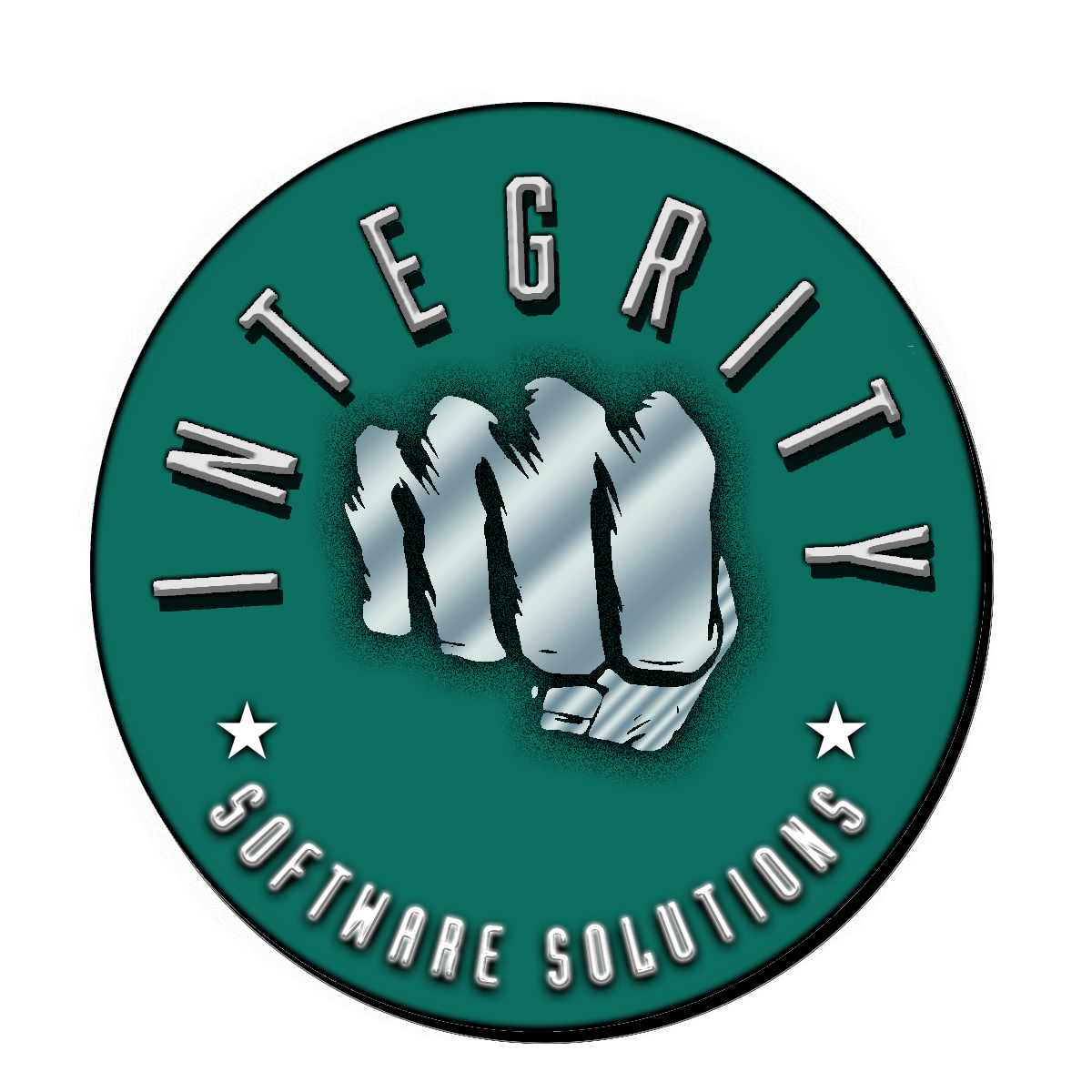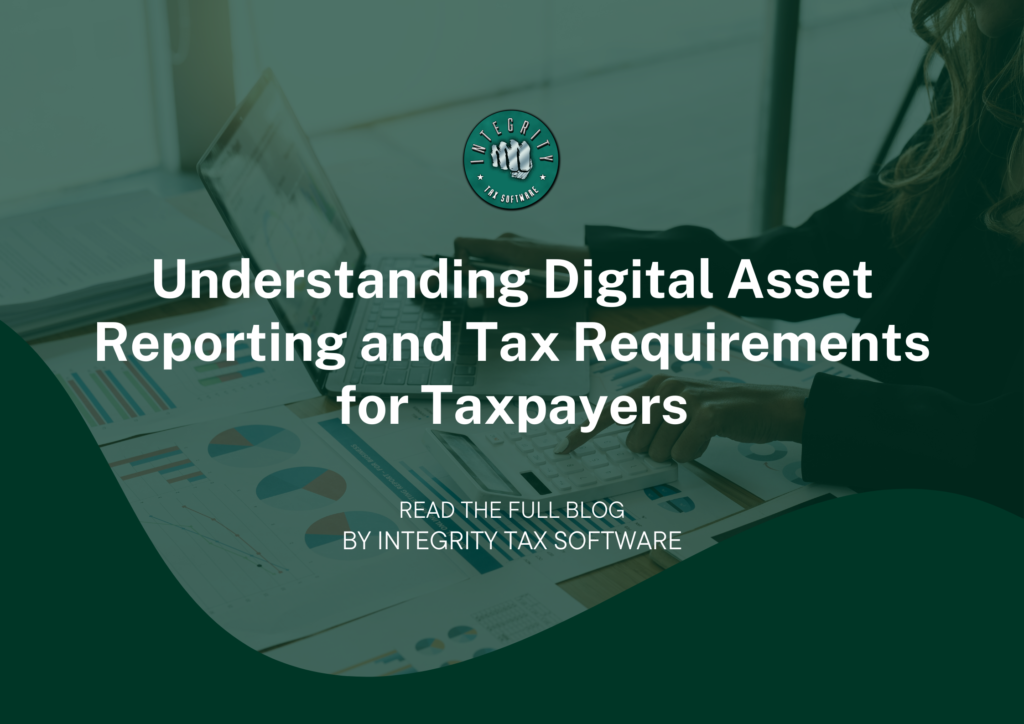Digital assets have become increasingly popular in recent years, with virtual currencies, cryptocurrencies, stable coins, and non-fungible tokens gaining widespread attention. As a taxpayer, it’s important to understand the reporting and tax requirements associated with these digital assets. In this blog post, we will provide you with clear and concise information without the use of buzzwords, helping you navigate the tax implications of digital asset transactions.
Reporting Digital Asset Transactions:
When it comes to reporting your digital asset transactions, it’s crucial to accurately report all income related to these transactions. Whether you sold digital assets, received them as payment for goods or services, acquired them through mining or staking activities, received them due to a hard fork, exchanged them for other assets, or disposed of them in any other way, you need to report the income.
Calculating Capital Gains or Losses:
To calculate your capital gains or losses from digital asset transactions, you can use Form 8949, Sales and other Dispositions of Capital Assets. This form will help you determine the difference between the cost basis (the amount you paid for the digital asset) and the fair market value of the asset when you sold or disposed of it. The resulting gain or loss should be reported on Schedule D (Form 1040), Capital Gains and Losses.
Gifted Digital Assets:
If you received digital assets as a gift, you should file Form 709, United States Gift (and Generation-Skipping Transfer) Tax Return. This form allows you to report the fair market value of the gifted digital assets and determine any potential gift tax liability.
Digital Assets as Compensation:
In cases where you received digital assets as compensation for services rendered, or if you disposed of digital assets that you held for sale to customers in a trade or business, you must report the income as you would with any other type of income. For example, if you received digital assets as wages as an employee, report the value of the assets received as wages on Form 1040 or 1040-SR, line 1a. If you worked as an independent contractor and received digital assets as payment, report the income on Schedule C (Form 1040), Profit or Loss from Business (Sole Proprietorship).
As the use of digital assets continues to grow, it’s essential for taxpayers to understand their reporting and tax obligations. By accurately reporting your digital asset transactions and following the appropriate forms and schedules, you can ensure compliance with the Internal Revenue Service (IRS) guidelines. Remember, it’s important to consult with a tax professional or refer to the IRS website for the most up-to-date information and guidance regarding digital asset reporting and tax requirements.
Disclaimer: This blog post provides general information and should not be considered as professional tax advice. Taxpayers are advised to consult with a qualified tax professional for personalized advice tailored to their specific situation.

